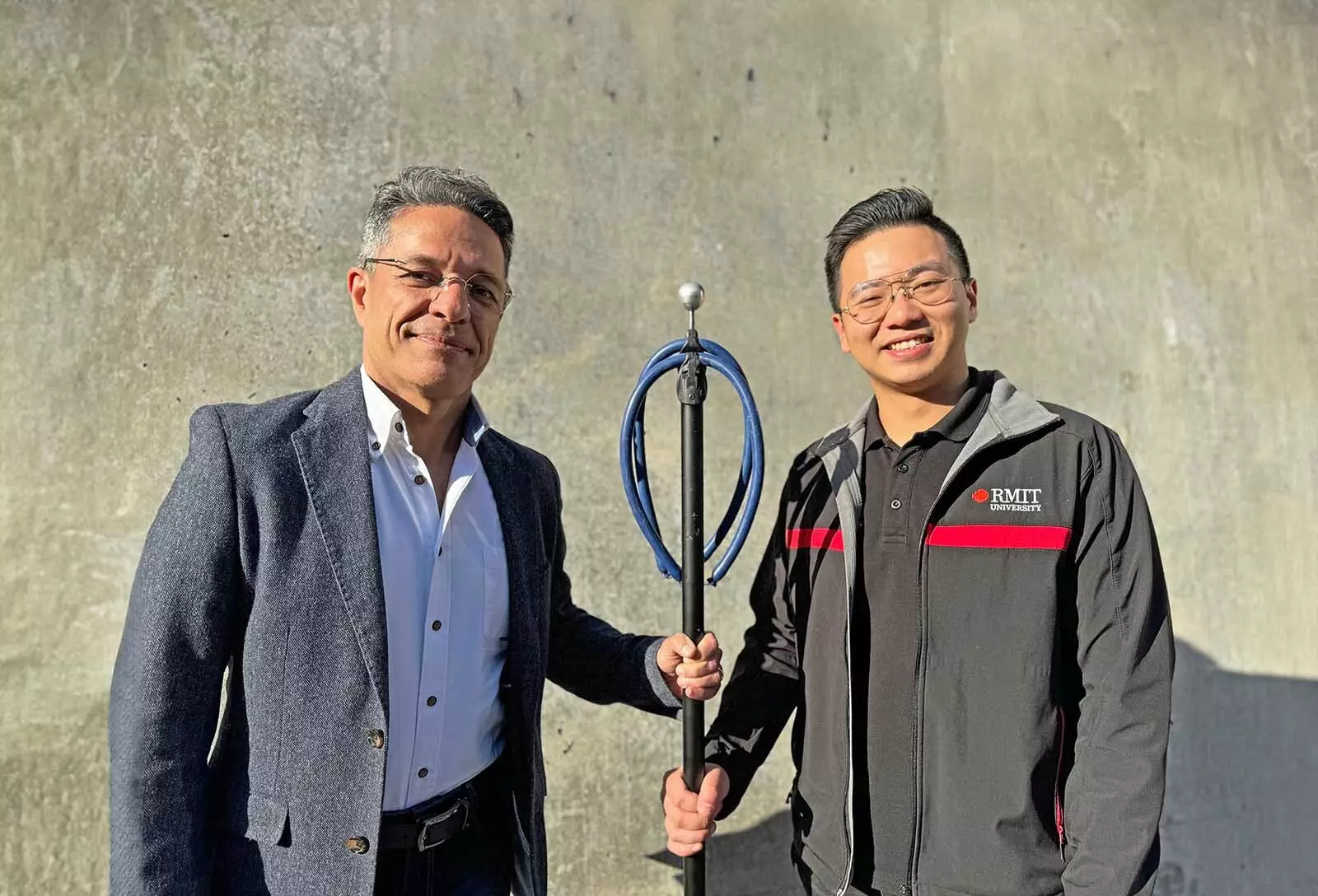The field of offshore wind farm design is constantly evolving, with engineers now turning to innovative solutions to streamline the testing process of seabed soil. Australian engineers from RMIT University have recently unveiled a groundbreaking device that aims to revolutionize the way soil testing is conducted in shallow water environments. This new device, based on a modified speargun design, offers a cost-effective and efficient alternative to traditional penetrometers.
Traditional soil testing for offshore wind farm projects involves winching or dropping probes, known as penetrometers, from the deck of a support vessel. However, in shallower waters, lightweight probes often struggle to penetrate the sandy seabed effectively. On the other hand, heavy-duty probes that have the capability to do the job can come with a hefty price tag of up to AU$200,000 per day. The engineers at RMIT University decided to tackle this challenge by developing a launching device that can launch probes into the seabed with greater efficiency.
Through rigorous testing in a controlled environment using an array of sensors and high-speed cameras, the RMIT researchers were able to show that their device can be twice as effective in penetrating the seafloor compared to existing lightweight free-fall soil testers. The results of their study, published in the Canadian Geotechnical Journal, highlight the significant potential of this new technology in revolutionizing site investigations for wind farm projects. The lead author of the study, Junlin Rong, emphasized the breakthrough nature of this device and its potential to outperform traditional penetrometers.
One of the key features of the new seabed soil testing device is its environmental friendliness. The probes used in the device can be retrieved and reused after data collection, minimizing disturbance to the seabed. This “probe and go” testing approach not only saves time but also reduces costs associated with traditional testing methods. Moreover, the device can be adapted to existing probes, allowing engineers to retrofit their current devices with minimal investment.
The researchers are now looking towards field trials to validate the performance of their device in real-world offshore geotechnical engineering applications. RMIT Professor of Geotechnical Engineering, Majid Nazem, expressed enthusiasm about the device’s ability to achieve significant embedment depth in dense sand. Collaborations with industrial partners are on the horizon to further test and refine the device for practical use in offshore wind farm projects.
The innovative device developed by the engineers at RMIT University has the potential to revolutionize the way soil testing is conducted for offshore wind farms. With its cost-effectiveness, efficiency, and environmental benefits, this new technology could pave the way for more streamlined and sustainable site investigations in the renewable energy sector.


Leave a Reply